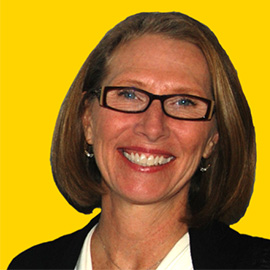As a Council Member from 2008-2014, I was actively involved in developing policies to ensure equitable access to quality parks. (See e.g. Resolutions 2009119-068 and 20120301-051.) We must now prioritize an ongoing and accurate method to monitor progress (or lack thereof) on the locations and conditions of our parks citywide, in order to ensure equitable access and an effective funding mechanism for parks.
Also a Council Member, I witnessed an unfortunate series of aquatics closures, and in response, sponsored the initiation of an aquatics assessment and master plan which has a strong focus on equity. While the total cost for rehabilitating and building out our full aquatics system proved to be large, this information has enabled us to begin a multi-phased funding plan, including the $40M in this fall’s proposed bond package – a far cry from the last bond cycle, which allocated less than $10M to aquatics. Of course, this will need to be repeated for several bond cycles, but we now have a roadmap to reach our goals. In addition, this solid information about aquatics needs also prompted increased funding for this purpose in the recently adopted city manager’s proposed budget.
The recent initiation of a long range planning effort for parks, “Our Parks, Our Future 2018-2028” is a critical effort for moving the needle on equitable access to parks. In reality, plans can at times, get off track so as mayor, I will ask for regular updates on the effort to ensure strong community engagement and responsiveness during the process.
Regarding parks funding in general, we must ensure that the parkland dedication fee remains at an adequate level. As a Council Member, I discovered that city staff had let this languish for years despite a code requirement for tri-annual updates, and I instituted the first reassessment in six years.
We must also consider the potential of tax increment finance districts, as well as parks districts, especially for large new developments, as was adopted for the Goodnight Ranch development. In addition, we must charge fair fees for for-profit events held in our parks, such as ACL Fest – Austin can no longer afford to be a cheap date – and continue the neighborhood grants program, which has proven effective in creating pocket parks around the city. Of course, we must also maintain our productive working relationships with nonprofit partners, notably the Austin Parks Foundation.
On a related note, I would strongly support the APF’s call for Council to support the Urban Forest Master Plan, Invasive Plant Management Program and Riparian Restoration Grow Zone program, all of which are critical initiatives for the health of Austin’s parks and open spaces.
As mayor, I will always be open to new ideas and leveraging possibilities to support our city parks, though not at the expense of our public commitment to parks and open spaces. As Austin continues to grow, it will be important to retain control of public land, not allow it to be assumed by unaccountable bodies, no matter how well intentioned.

